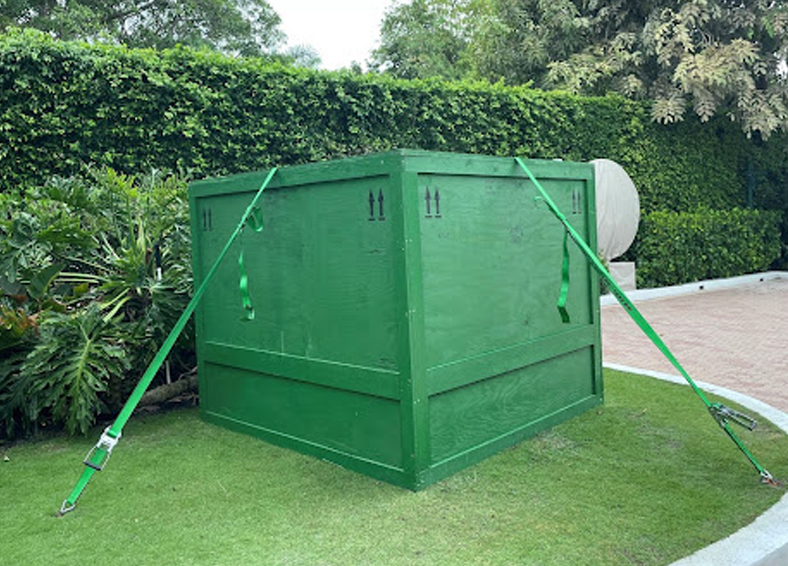Filter

Location
- New York, USA
Job Type
- Office Based
Filter

Location
- New York, USA
Categories
- Notice
- Pinned


Thursday 21st August 2025

By Joe Piotrowski,
June 1st marked the start of hurricane season, something those of us in South Florida know all too well. With nearly20 years in fine art logistics, I’ve watched disaster preparedness evolve from a seasonal concern into a year-round necessity. In today’s climate–with natural disasters increasing in number across the areas of the US that Gander & White operates in–this shift isn’t just welcome, it’s essential.
At our Miami office, we work with art fairs, museums, and private collectors to navigate the growing risks of extreme weather. South Florida has always been hurricane-prone, but the increasing severity and unpredictability of storms have raised the stakes.
Our response includes physical safeguards like reinforced storage and custom hurricane bonnets designed to protect sculptures from winds over 150 mph. But protection goes beyond infrastructure. True preparedness involves clear protocols, emergency communications, and meticulous inventory systems established well before any storm appears.
This shift toward resilience is echoed in reports from The Art Newspaper, which detail how Florida institutions are engineering storm resistance into their facilities. At the same time, ARTnews highlighted our team’s broader strategies in both Miami and New York. With global temperatures rising, extreme weather is no longer just a local issue. From floods to heatwaves, environmental stress during transit or storage can be just as damaging to collections.
Of course, plans are only as good as the people behind them. In our Miami office, we have a table we call “the problem solver.” It’s where the team brings challenges and solutions, because training, pressure-tested decision-making, and teamwork are core to our white-glove standard.
While many institutions have robust disaster plans, more private collectors are taking preparedness increasingly seriously. From relocating select works to ensuring proper documentation, early action not only protects collections, it also reassures insurers. And that matters more than ever. As The Art Newspaper noted, extreme weather is starting to affect insurability. After the 2024 California wildfires, some collectors lost coverage or faced dramatic premium hikes.
One piece of advice I always share is this: when it comes to protecting art, less is more. Rushed decisions rarely end well. Preparedness should be proactive, not reactive, and it must be embedded in every layer of planning.
As we enter another hurricane season, I encourage everyone in the art world, logistics professionals, curators, private advisors to ask: are we ready? Preparedness is no longer optional. It is our most powerful safeguard, and our shared responsibility.